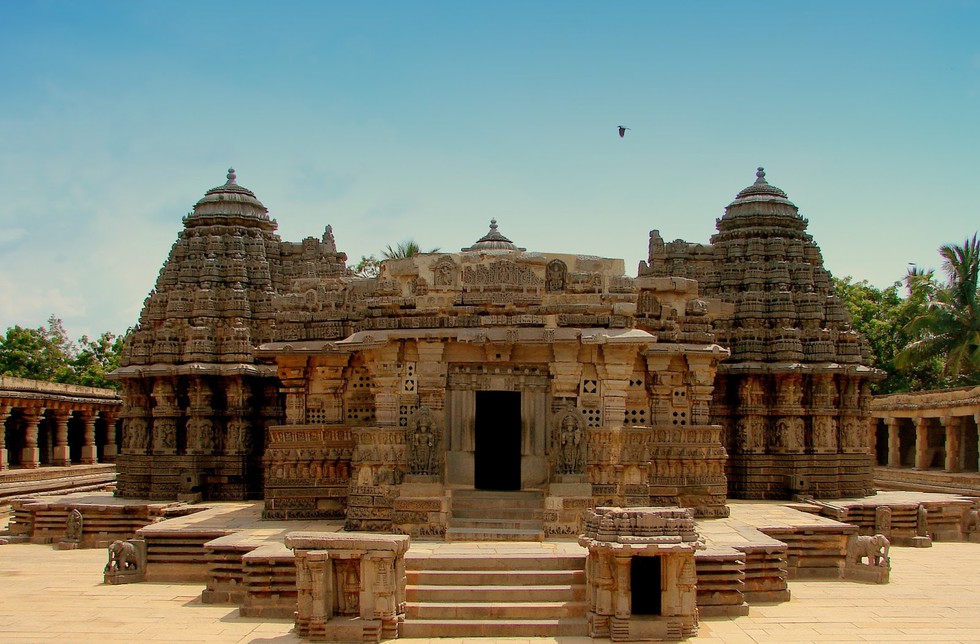Skip to contentHome » Ancient Badami Chalukya Temples and Inscription Unearthed in Mudimanikyam Village 
Discovery Overview:
- Location: Mudimanikyam village, Nalgonda district, along the banks of Krishna river.
- Discoveries:
- Two Badami Chalukya temples.
- 1,200-year-old label inscription.
- Dates:
- Temples: Between 543 AD and 750 AD.
- Inscription: 8th or 9th century AD.
Architectural Significance:
- Style: Kadamba Nagara style in the Rekha Nagara format.
- Uniqueness: Singular example of such architecture in Telangana.
- Restoration Potential: Can serve as important testimonies to the Badami Chalukya period with minimal restoration.
Dr. MA Srinivasan’s Perspective:
- Position: General Secretary of PRIHAH.
- Significance: Highlights the rarity and historical value of the temples.
- Comparison: Mentions few surviving Badami Chalukya temples at Alampur.
Dr. Munirathnam Reddy’s Observations:
- Position: Director of epigraphy at the Archaeological Survey of India.
- Interpretation: Suggests potential meaning of the label inscription.
- Attribution: Associates the Panchakuta temples with the late Badami Chalukya period.
Multiple Choice Questions (MCQs):
- Where were the ancient temples and inscription recently discovered?
- A) Hampi
- B) Mudimanikyam village
- C) Alampur
- D) Badami
Answer: B) Mudimanikyam village - What is the architectural style of the discovered temples?
- A) Dravidian style
- B) Kadamba Nagara style
- C) Vesara style
- D) Pallava style
Answer: B) Kadamba Nagara style - Who suggested the potential meaning of the label inscription?
- A) Dr. MA Srinivasan
- B) S Ashok Kumar
- C) Dr. Munirathnam Reddy
- D) Archaeological Survey of India
Answer: C) Dr. Munirathnam Reddy - Which period do the temples and inscription belong to?
- A) Gupta Empire
- B) Maurya Dynasty
- C) Badami Chalukya period
- D) Rashtrakuta Empire
Answer: C) Badami Chalukya period
Scroll to Top
